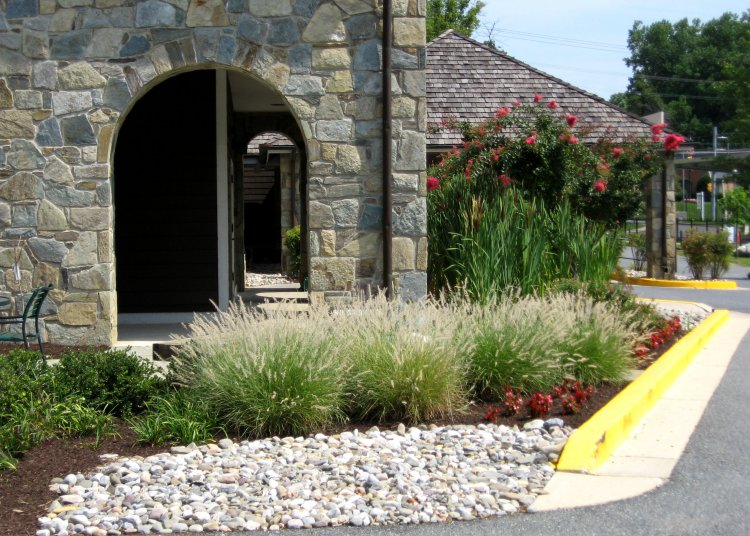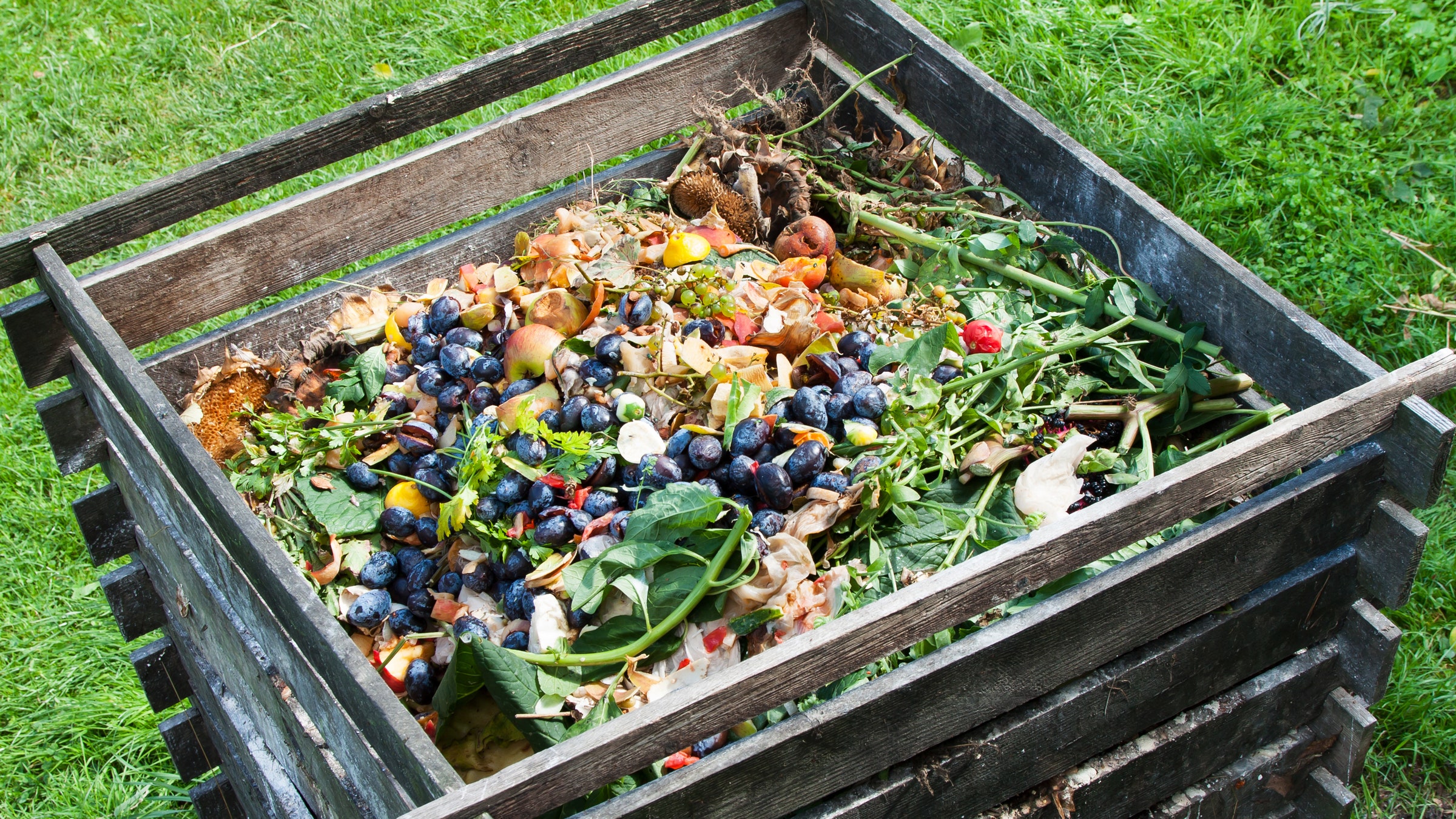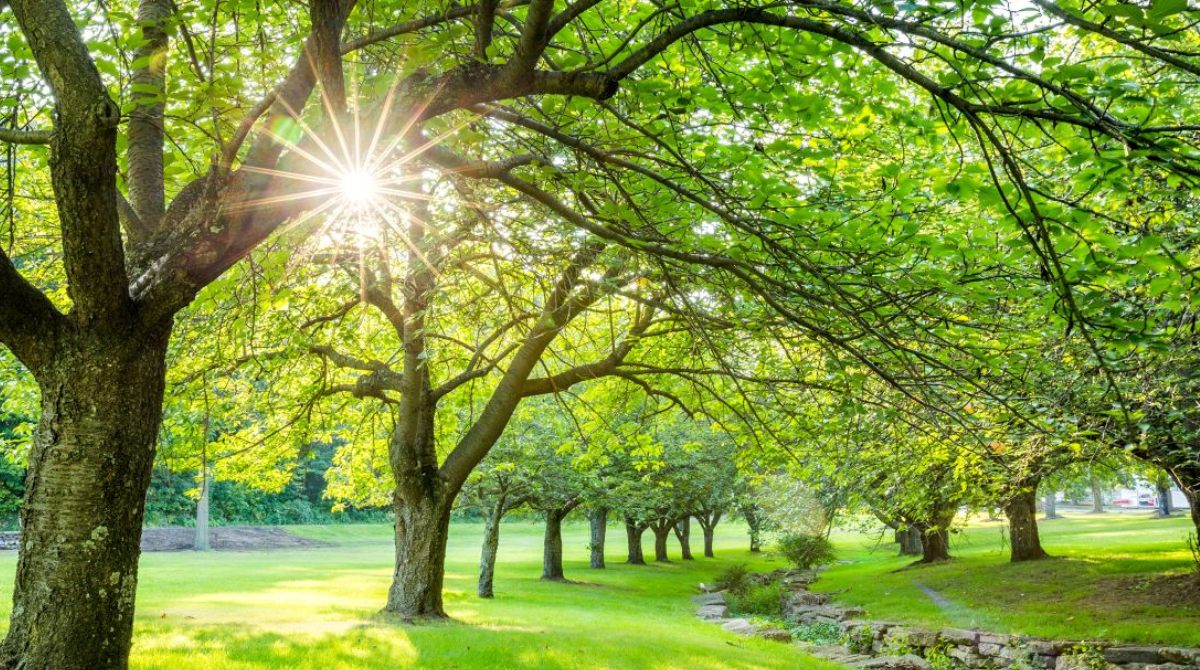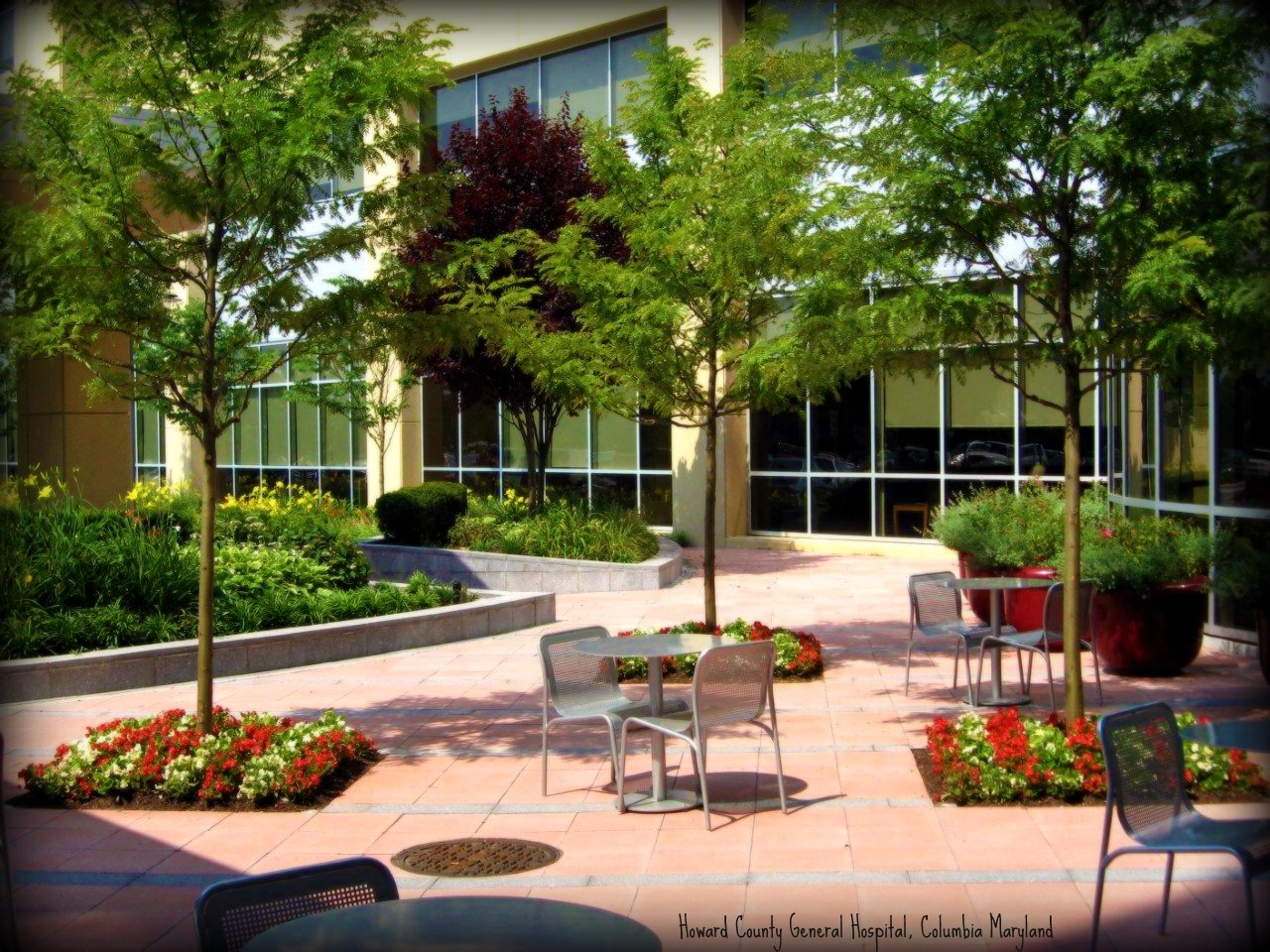Summer Vacation Is Over for Potted Plants
If your houseplants have spent the summer outdoors, now may be the best time to end their vacation and move them back inside. Plants that live in pots can be brought indoors before the outside nighttime temperature dips below 50 degrees, especially tropical and subtropical plants. Bringing them indoors protects them against a chilling injury or death, as well as allows you to enjoy them fully throughout fall and winter months. There are a few steps you can take to ensure a smooth transition.
First, you should acclimate your plant to the indoor environment by bringing it inside at night. For the first few days, bring the container inside in the evening and back outside in the morning. Then over the course of about two weeks, increase the amount of time the plant spends inside. Your plant should be accustomed to the new environment and can stay indoors fulltime at the end of a two-week transitional period. I realize this is a terribly difficult process if you own a plethora of plants. In such cases, you could use a wagon to house the plants to make going in and out easier.
Before you start transitioning your plants to indoors you should inspect them for insects. Thoroughly check the leaves and flower petals and even the soil surface for mealy bugs or any other pest. Use a magnifying glass and flashlight if warranted. Insects and pests traveling the plant bus into your warm home can multiply rapidly and quickly devour your beautiful garden.
Your indoor environment differs greatly from outdoors, especially in terms of light and temperature. While indoors, they will still require a good amount of daily sunlight. If possible, house them near windows where the curtains remain open during peak daytime hours. Also, try to choose locations away from drafty areas, like doorways which are opened frequently. Plants may experience some leaf droop, which should stop once they adjust to the new light and temperature conditions.
Plants thrive in humid environments. If you can group your plants together, they will naturally take care of each other. When one plant loses moisture from its leaves it increases the humidity around its neighbors. Be sure not to place your plants near heater vents. If you can, house your indoor plants in your kitchen or bathrooms, which tend to have the highest level of humidity in your home. If you would like, you could spray your plant’s leaves with a daily dose of fresh tap water.
It is a common misconception that houseplants need more water or fertilizing. Plants grow at a slower rate in reduced sunlight therefore do not require as much water. Do not overdo the watering! Keep in mind that if it is cloudy or rainy out, plants won’t get enough light in order to dry out from your watering efforts. Be sure to let the soil surface dry out in between watering. Finally, plants do not need fertilizer until spring when they begin actively growing again. This will be easy to notice as the leaves perk up with a glistening charm and begin to show signs of small blossoms.
It is important to reduce the amount of stress you put on your houseplants as much as possible when transitioning them indoors. Sudden changes in temperature, light and humidity can result in yellowing leaves, dieback, wilting and even death in some cases. Taking these appropriate steps may seem challenging and time consuming, but in the end your plants are worth it!







